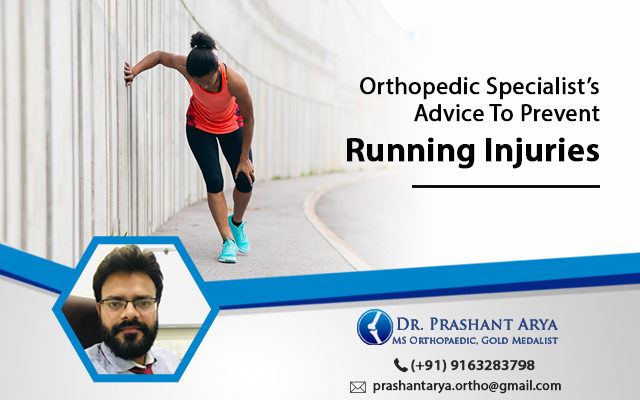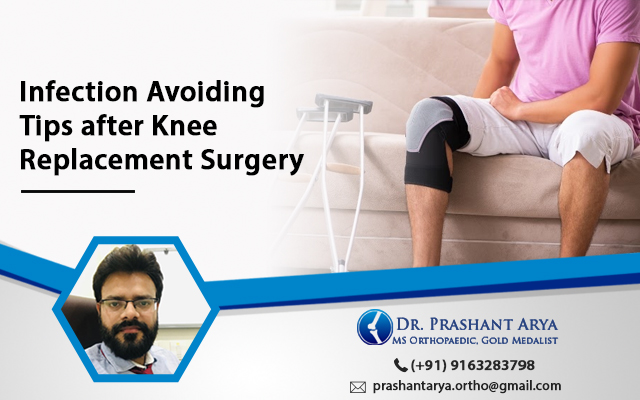Overview
Rheumatoid arthritis is a long-term inflammatory illness that affects the joints and other body components. The inflammation spreads to the tendons, ligaments, cartilage, and bones of the joints as the condition advances. Other parts of the body, such as the lungs or blood vessels, might be affected by rheumatoid arthritis.
Approximately 1% of India’s population is affected by rheumatoid arthritis. Women are nearly three times as likely than men to have this disease. Although the disease can strike anyone at any age, it is most common in individuals under the age of 50, says Dr. Prashant Arya, who is a famous orthopaedic doctor.
Rheumatoid arthritis is a serious, life-threatening condition that can cause significant disability and shorten life expectancy. Many people with rheumatoid arthritis have had their lives, longevity, and condition greatly improved, thanks to new medicinal strategies discovered in the previous two decades.
Causes
Rheumatoid arthritis is an autoimmune illness that affects the joints. The immune system loses recognition of its own tissue and reacts as if it were confronted with a foreign body. The immune system attacks tissues and joints as a result of the misidentification, causing long-term damage. No one can now predict whether or not a person will develop rheumatoid arthritis. Rheumatoid arthritis is sometimes caused by a number of reasons, including hereditary and environmental influences (for example, certain viral or bacterial infections).
Complications and Symptoms
Rheumatoid arthritis can strike suddenly and cause excruciating pain, or it might strike without warning. The disease’s earliest symptoms, which include discomfort in all muscles and joints, are often mistaken for flu symptoms. Early in the morning or after a period of inactivity, pain and stiffness are more intense. These stiffness may only last a few minutes, but the symptoms can continue for several hours.
According to the orthopaedic specialist in Kolkata, rheumatoid arthritis usually starts in the hands, wrists, and feet and then progresses to the elbows, shoulders, hips, knees, and ankles, as well as the neck and jaw. The internal tissues are destroyed and the joints deform as a result of persistent inflammation. The condition is accompanied with subcutaneous nodules or dents in bony regions such as the elbows and knees in nearly 30% of persons. Dry eyes and mouth can be caused by problems with the tears and salivary glands. Rheumatoid arthritis affects the entire body, including the heart, lungs, and eyes.
Treatment
Rheumatoid arthritis has no known cure. However, clinical trials show that early therapy with disease-modifying antirheumatic medicines (DMARDs) increases the likelihood of symptom remission.
If drugs do not prevent or reduce joint damage, you and your doctor may decide to have orthopaedic surgery to restore the damaged joints. Surgery may be able to help you regain your ability to move your joint. It can also help with pain and function.
One or more of the following procedures may be used in rheumatoid arthritis surgery:
- Synovectomy: The inflammatory lining of the joint (synovium) can be removed during surgery to help relieve pain and enhance joint flexibility.
- Tendon resurfacing: Tendons around your joint may loosen or rupture as a result of inflammation and joint injury. The tendons around your joint may be repaired by your surgeon.
- Fusion of the joints: When a joint replacement isn’t an option, surgically fusing a joint may be indicated to stabilise or straighten a joint and provide pain relief.
Replacement of the whole joint: The orthopaedic surgeon will remove the damaged portions of your joint and replace them with a metal and plastic prosthesis during joint replacement surgery.







Leave A Comment